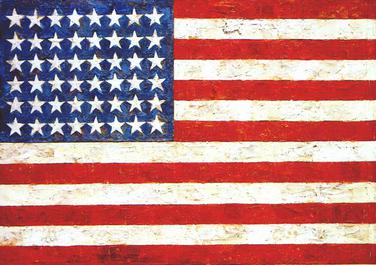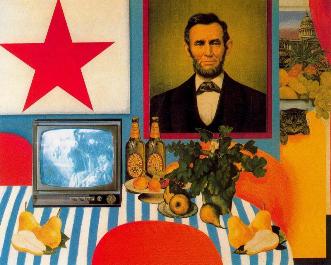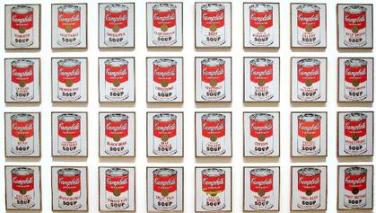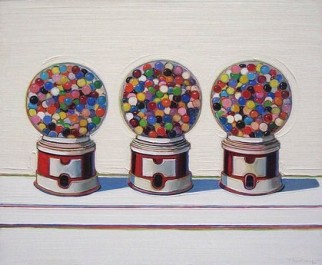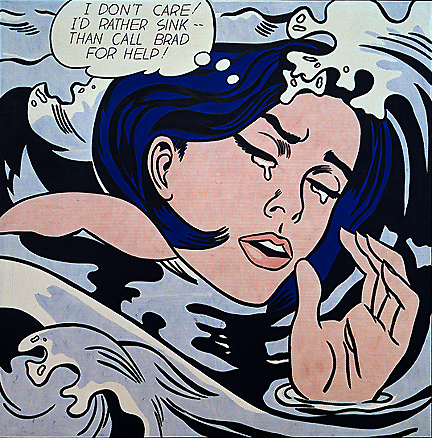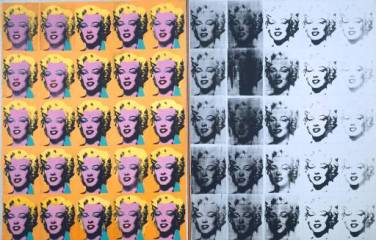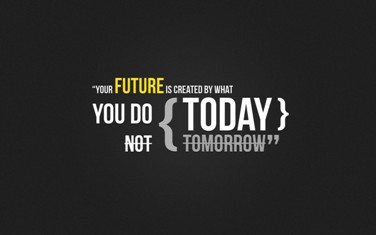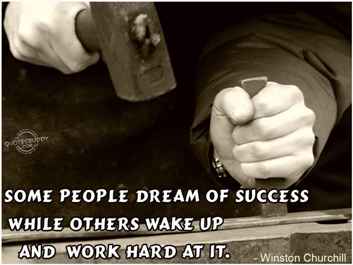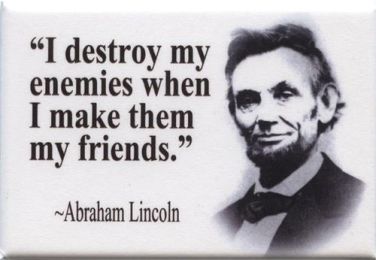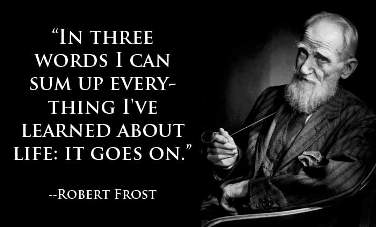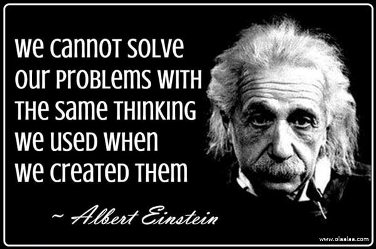Pop art, for those who are new to the term, may somehow be inferred as the art equivalent of pop culture or pop music. It is an art movement that began in the mid-50s in Britain. It was later on adopted by Americans in the later part of the 50s. For some, it is regarded as an art movement that brought back realism to avant-garde art. It is like an effort to counter the perceived seriousness of abstract expressionism. It aimed to show repudiation to the “elitist” ideas of what art should be.
History and Development
Pop art is said to have emerged as a reaction to the dominant idea that art is nonrepresentational and is mainly improvisational. Not many artists were keen to simply following what other established artists were already doing. It aimed to restore representational art by featuring works that show parody, irony, reality, and the mundane. There are those who say that it is both an extension and rejection of Dadaism or the art movement that was founded on irrationality and the negation of accepted standards of beauty.
The Independent Group, an organization established in London, is widely considered as the precursor of the pop art movement. This group of various artists wanted to challenge prevailing modernist approaches to culture and the traditional standards of what is regarded as fine art. The group held regular discussions focusing on popular culture implications. Later on, the Independent Group centered on pop art that mainly features imagery of American popular culture, yes, despite the fact that the British originated pop art, most of current form of this is actually based on American pop culture.
In the United States, the term “pop art” was officially used in the event “Symposium on Pop Art,” which was organized by the Museum of Modern Art. By the time pop art became popular in the United States, mass advertising already became more sophisticated and the artists supporting it had to look for deeper and dramatic styles distinct from the already well-designed and clever advertising materials.
Notable Definitions and Descriptions
Lawrence Alloway, an art critic thought to be the first to use the term in print, opined that pop art as the lower end of a popular art to fine art continuum, covering such forms as advertising, illustration for sci-fi works, and automobile styling. On the other hand, Richard William Hamilton, the man regarded as the Father of British Pop Art, defined this form of art as something popular or designed for the mass audience, transient or short-term in nature, mass-produced and low-cost, expendable and easily forgotten, intended for young audiences, witty, and gimmicky. Today, pop art is broadly defined as a form of art that represents everyday life using techniques or styles employed in commercial art and popular illustration.
There is no organization that sets the parameters as to what can be considered as pop art. There are many organizations worldwide devoted to this form of art but setting the standards of what should be classified or categorized as such has not been achieved yet. There is even no clear consensus whether or not pop art is still alive at present. The Art Story Foundation, for instance, considers pop art to have started in the mid 50’s and ended in the early 70’s.
What Pop Art is About
Pop art is basically art that copies the techniques employed in commercial art and the styles of pop culture and other imagery depicted by mass media. It is all about everyday life and the depiction of mundane objects and scenes. It can be said that it is a way of bringing art closer to the masses.
This kind of art typically involves “found objects,” advertising materials, comic books, pop culture ephemera, and everyday materials. Sometimes, creating pop art means taking a material away from its known context and combined with other materials to create an entirely different work that evokes a reaction different from what most would give to a traditional artwork.
It is safe to say that pop art is notably distinct from typical visual art most would have in mind. The techniques and styles used are hardly similar. To the classically trained artist, pop art would even be regarded as something even inferior to an amateur’s work. Many would view them as “artless” montages and agglutinations. The earlier works that were considered as pop or popular art had very prominent attributes of advertising propaganda, comics, and product packaging.




